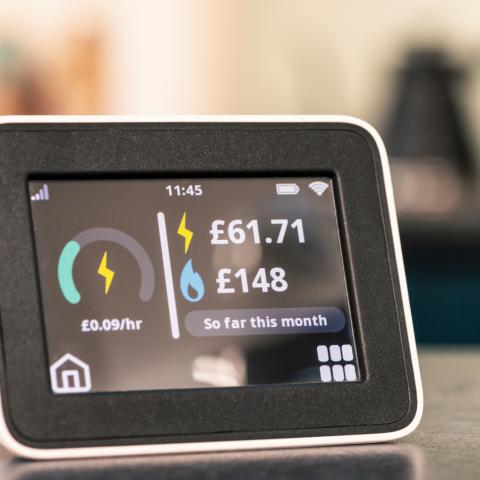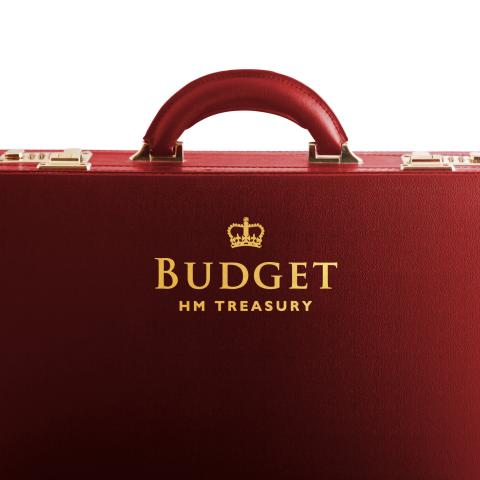An autumn of discontent for PM and Chancellor… and taxpayers

If the Prime Minister and Chancellor were hoping for a period of respite during the Summer Recess, yesterday’s forecast from the respected think tank, the National Institute for Economic and Social Research (NIESR), offered a stark reminder of the fiscal, economic, and political challenges ahead. Most notably, the government faces a staggering £51 billion black hole in public finances and is not on track to meet its ‘stability rule’ in the coming years.
NIESR projections are on the pessimistic end of current forecasts, but their conclusion that “substantial adjustments in the Autumn Budget will be needed if the Chancellor is to remain compliant with her fiscal rules” is pretty much shared by most economists and even the general public (a recent Yougov poll only 12% of UK general public thought that current government plans could be afforded without further borrowing or tax rises).
So, why has the Chancellor’s plans gone so badly this year? After all, her Spring Statement, delivered in March, provided a £9.9 billion fiscal ‘headroom’ to provide a buffer against the worsening of public finances (which is now projected to wiped out and then some). In short – a lack of growth. Most economists are now of the view that the OBR has been overestimating the UK’s long-term growth potential.
There is little tangible evidence so far that government economic reforms are delivering (e.g. despite the much-vaunted plans to ‘get Britain building’, the latest S&P Global PMI stats show that the UK construction sector dropped at the fastest rate in more than five years). This, combined with a worsening outlook on global trade (not helped by Trump’s tariffs) will mean lower growth and lower than expected tax receipts.
For the government, this is a potential trilemma of pain, in which one or more of its cornerstone pledges is now under threat – (1) its fiscal stability rule which ensures that day to day spending is matched by tax revenues (2) a manifesto pledge not to raise rates of income tax, national insurance or VAT and (3) its public spending pledges, as set out in the recent Spending Review with sizeable increases on health, defence and housing.
Something has got to give. In the short term, the Chancellor will have to prioritise fiscal stability – no PM or Chancellor can afford to get on the wrong side of bond markets in the current environment. On public spending, the Government has not demonstrated the ability to make hard choices on spending cuts (as recent examples on welfare and the Winter Fuel Allowance show).
This leaves tax rises. They will need to be substantial and will almost certainly hit what the Government defines as ‘working people’. There are, of course, ways on increasing revenue through stealth (e.g. freezing income tax thresholds) but it was notable that in yesterday’s interview with broadcasters, the Prime Minister refused to rule out raising. headline tax rates. Perhaps not helpfully, NIESR recommended raising income tax as the best solution to stabilise finances.
Should this happen, the Government will experience substantial political pain – adding to the sense that the Chancellor may have missed the window to do big tax increases, while maintaining credibility. It is worth comparing its situation with 2010, where George Osborne increased VAT from 17.5% to 20% - and while not popular, it was widely regarded he had the political space to do it.
The Government, therefore, will have to demonstrate a degree of political nous that it has not frequently demonstrated to date and potential make some hard choices about who it targets for tax increases -- e.g. higher earners or, as one former Prime Minister suggested, the gambling sector.
The Government made some enemies last year, when it increased farmers inheritance tax. For the sake of its fiscal credibility, it may have to make a few more.








